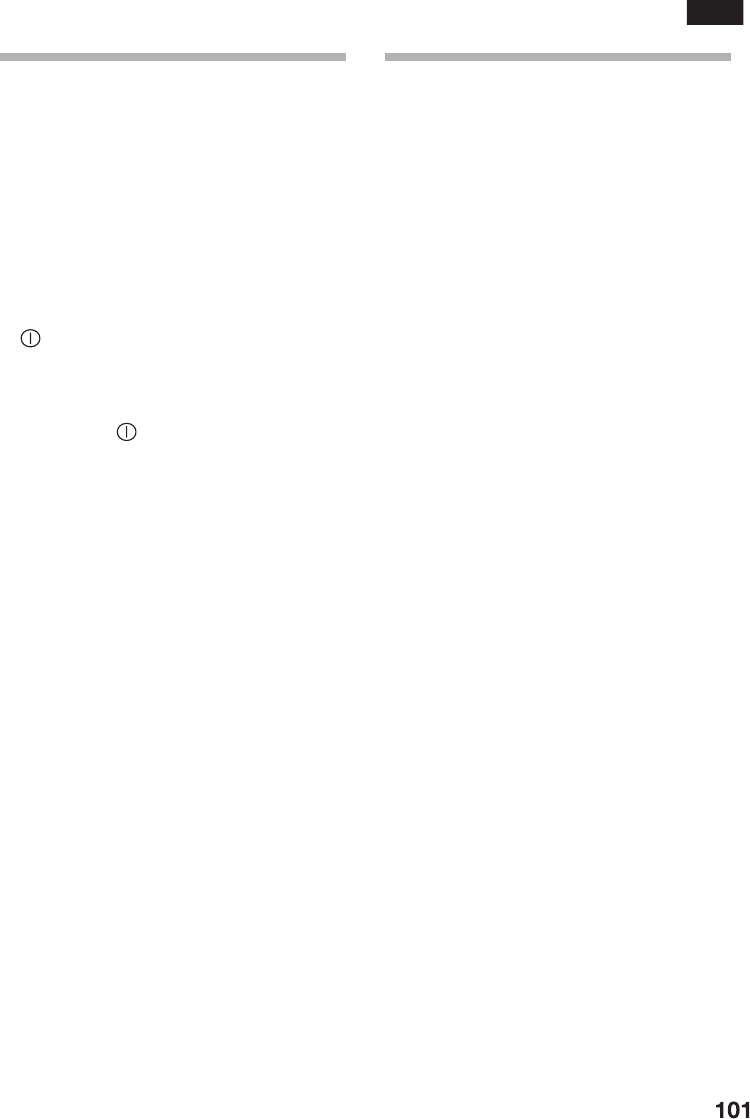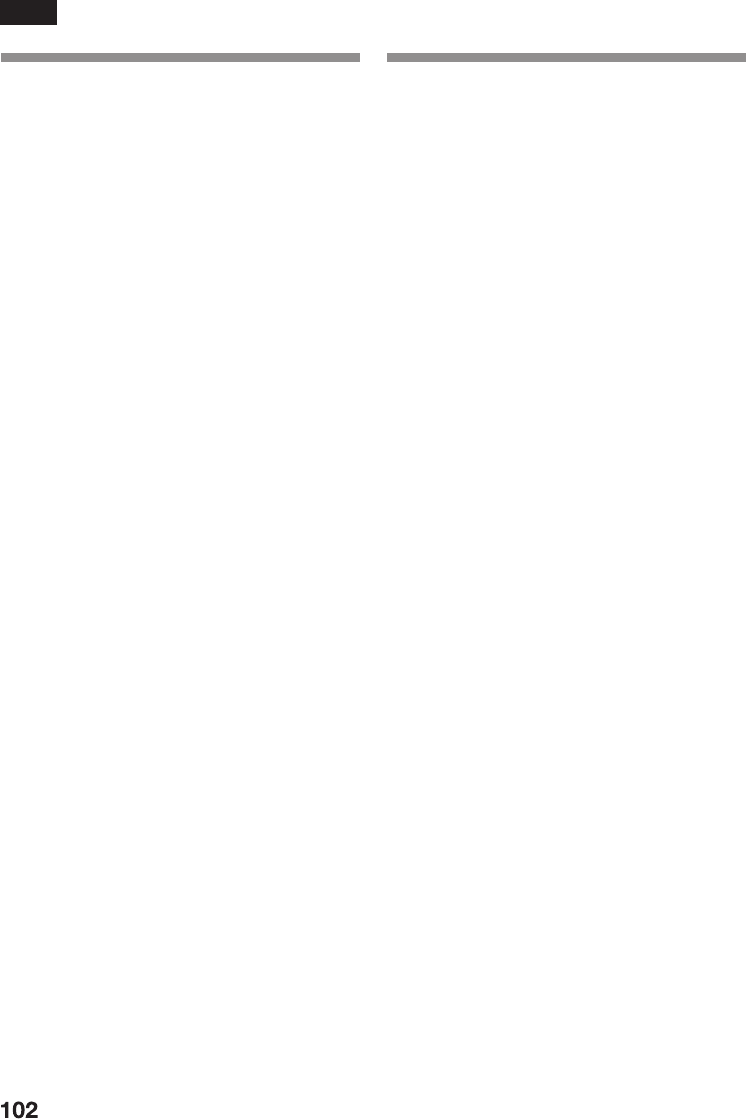Conectar el aparato
Figura W
Los compartimentos frigorífico y de
congelación se pueden conectar por
separado.
• Para conectar el compartimento
frigorífico, pulsar la tecla para
conexión y desconexión del
compartimento frigorífico (1).
La iluminación interior del
compartimento frigorífico se
activa al abrir la puerta.
• Para conectar el compartimento de
congelación, pulsar la tecla para
conexión y desconexión del
compartimento de congelación (7).
• El piloto de aviso Fig. W/5 permanece
iluminado hasta que el compartimento
de congelación ha alcanzado la
temperatura de servicio.
Ajustar la
temperatura
Figura W
El aparato incorpora de fábrica los
siguientes ajustes básicos:
Temperatura del compartimento
frigorífico +4 ºC
Temperatura del compartimento
de congelación –18 ºC
Estos valores ajustados de fábrica
pueden modificarse; véase al respecto
la descripción que figura en el cuadro
de mandos:
2 Ajustar la temperatura del
compartimento frigorífico
4 Ajustar la temperatura del
compartimento de congelación
Advertencias relativas al
funcionamiento del aparato
• El ventilador (Fig. Q/18), funciona o
está parado según lo requiera el
comportamiento del refrigerador.
• Los lados frontales del cuerpo del
aparato son calentados ligeramente.
De este modo se impide la formación
de agua de condensación en la zona
de la junta de la puerta.
• Durante el funcionamiento del grupo
frigorífico se forman gotas de agua
o escarcha sobre la pared posterior
del compartimento frigorífico. Esto es
un fenómeno perfectamente normal
y es debido a razones técnicas. Esto
es un fenómeno perfectamente normal
y es debido a razones técnicas. No es
necesario raspar la escarcha ni secar
las gotas de agua, dado que se
descongelan automáticamente. El
agua de descongelación es recogida
en la canaleta de desagüe (Fig. I/A)
volviendo al grupo frigorífico, donde se
evapora.
• En caso de registrarse una elevada
humedad relativa del aire, se puede
formar agua de condensación en el
interior del frigorífico, en particular
sobre las baldas o bandejas de vidrio.
Si esto sucediera, deberán guardarse
los alimentos envueltos y ajustarse una
temperatura más baja en el frigorífico.
• En caso de que, tras cerrar la puerta
del compartimento de congelación, ésta
no se pueda volver a abrir
inmediatamente, ello se debe a que,
cuando se abre la puerta, se crea una
cierta depresión en el interior del
aparato. Por lo tanto, cuando se
produzca tal situación deberá
aguardarse unos dos a tres minutos
antes de abrir la puerta, a fin de permitir
que la depresión sea compensada.














































































































